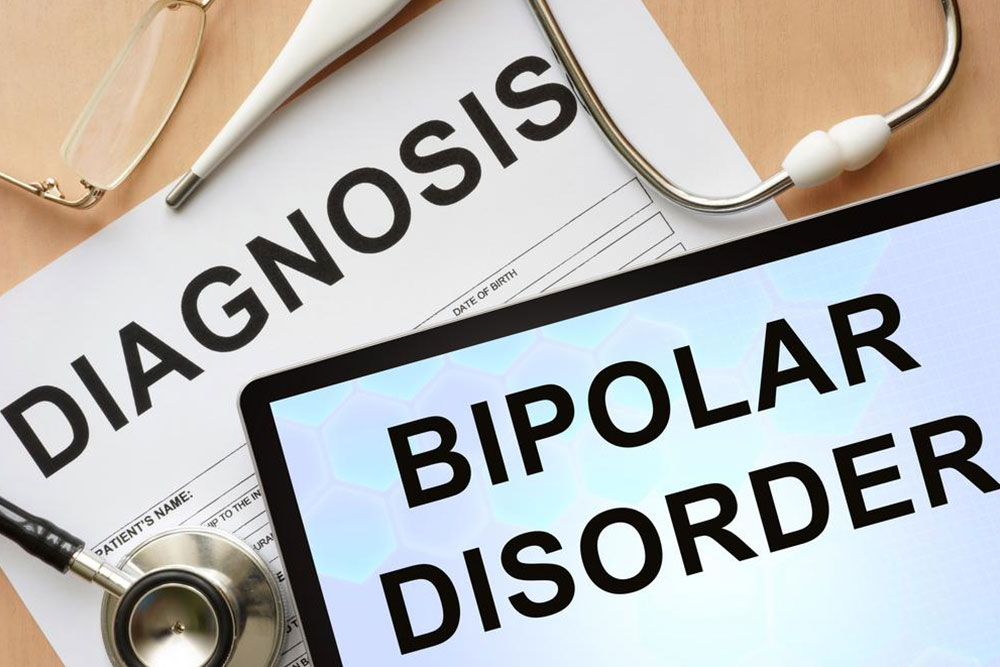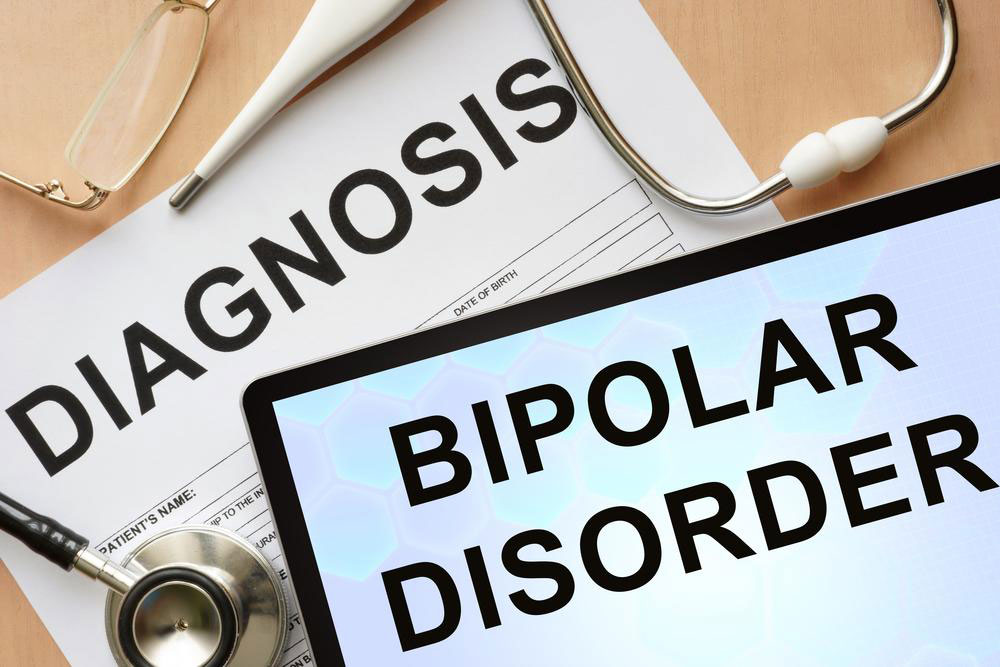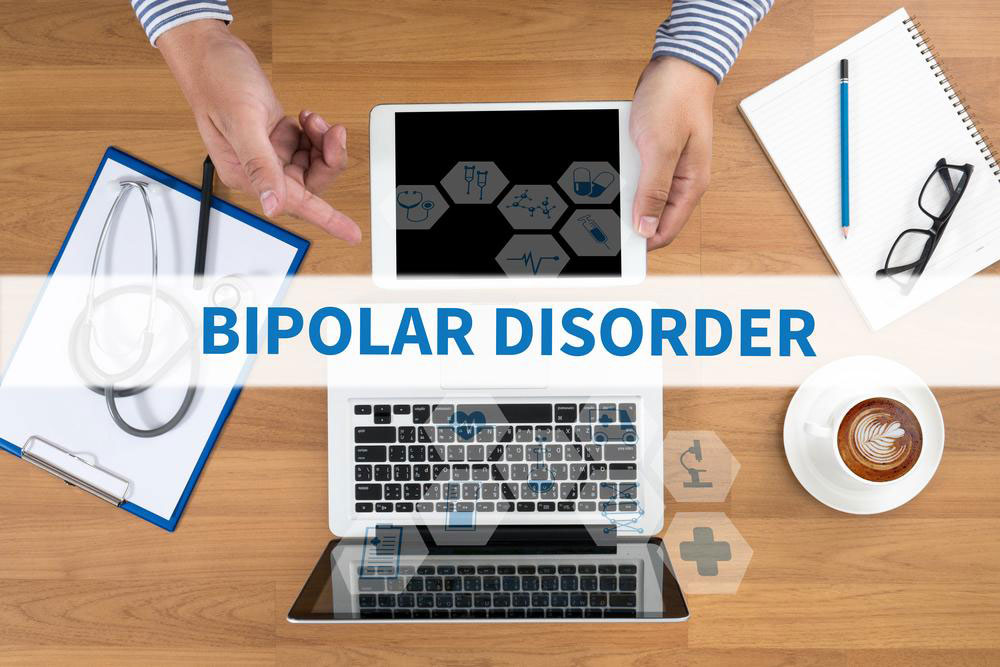Comprehensive Guide to Recognizing and Managing Bipolar Mania Symptoms
This comprehensive guide explores the symptoms of bipolar mania, helping individuals and their loved ones recognize warning signs early. It covers different bipolar subtypes, discusses the severity of episodes, and emphasizes the importance of timely intervention and personalized treatment. Recognizing these symptoms can prevent escalation and promote better mental health management. Whether for diagnosis or support, understanding bipolar disorder is essential for improving quality of life and ensuring effective care. Learn about the key signs of mania and when to seek help for a healthier future.

Understanding Bipolar Mania: Recognizing Symptoms and Knowing When to Seek Medical Help
Bipolar disorder is a complex mental health condition that significantly impacts a person's mood, energy levels, and behavior. It is estimated to affect around 20% of individuals diagnosed with borderline personality disorder, emphasizing their overlap and the importance of accurate diagnosis. This disorder is characterized by extreme mood swings that can range from episodes of intense happiness and energy (mania) to deep, persistent depression. These swings can occur rapidly or in a more prolonged fashion, sometimes even manifesting simultaneously as mixed episodes.
The challenge with bipolar disorder is that its early symptoms are often subtle and easily overlooked, especially when they are mild. Many individuals, or their loved ones, might not recognize warning signs until symptoms become severe or disruptive to daily life. Understanding the hallmark symptoms of bipolar mania is crucial for early intervention and effective management. Such awareness can make a difference in treatment outcomes and overall quality of life.
Key Symptoms of Bipolar Mania
The symptoms of bipolar mania can differ widely among individuals, but certain signs tend to recur and serve as indicators. Recognizing these symptoms early can lead to prompt medical attention, which is essential for managing the disorder effectively. Here are some of the most common signs associated with manic episodes:
Extended periods of elevated, euphoric mood or excessive happiness
Decreased need for sleep without feeling tired
Rapid speech, racing thoughts, and difficulty staying focused
Increased impulsivity and agitation
Difficulty concentrating amidst distractibility
Overconfidence or exaggerated self-esteem
Engagement in risky or reckless behaviors
In-Depth Look at Mania Symptoms
Understanding the specific symptoms helps distinguish bipolar mania from other mental health issues and aids in early detection.
Rapid Speech: Individuals experiencing mania often speak at an accelerated pace, making it hard for others to follow their thoughts or responses. This rapid talking is accompanied by an abundance of ideas and sometimes pressured speech.
Inflated Self-Esteem: During manic episodes, people tend to exhibit overly high self-confidence, often claiming abilities or knowledge they do not possess. This inflated ego can lead to risky decisions.
Sleep Disruption: A common sign is the need for little sleep; affected individuals may feel energized despite reduced rest, which exacerbates other symptoms and can trigger more severe episodes over time.
Risk-Taking Behaviors: Reckless activities such as overspending, gambling, physical risks like dangerous sports, or impulsive decision-making are typical. These behaviors can result in significant personal and financial consequences.
Euphoric and Grandiose Feelings: During mania, feelings of invincibility and grandiosity are prevalent. These can lead to overestimating one's abilities and make treatment adherence more difficult if not properly managed.
These episodes may last from days to weeks, often alternating between manic episodes and depressive states. Some warning signs that indicate emotional instability include suicidal ideation, self-harming behaviors, and impulsivity. When someone shows such signs, immediate support and intervention are crucial. Safeguarding the environment to remove hazards can prevent harm during episodes.
Are There Different Types of Bipolar Mania?
Bipolar disorder manifests in various subtypes, each with distinct patterns of mood fluctuations. Recognizing these variations is vital for tailored treatment approaches.
Bipolar I Disorder: This form involves distinctly severe manic episodes that often escalate rapidly and may require hospitalization. Typical manifestations include:
Marked changes from the person’s usual behavior and mood
Significant mood elevation or irritability lasting at least one week
This subtype often involves episodes of depression following mania, complicating diagnosis and treatment.
Bipolar II Disorder: Presents with hypomanic episodes, which are less intense and may go unnoticed unless closely monitored. Over time, untreated hypomania can evolve into full mania or depression, significantly impairing functioning.
Cyclothymic Disorder: Characterized by fluctuating mood patterns that are less severe than bipolar I or II. These minor mood swings can cause persistent distress and interfere with daily life, with many cases progressing into more severe bipolar disorders if left untreated.
Rapid Cycling: Describes a pattern where a person experiences four or more mood episodes—mania, hypomania, or depression—within a year. This pattern indicates a more intense and unpredictable course of bipolar disorder, often responding less favorably to treatment.
Understanding these variations underscores the importance of personalized treatment plans. Early diagnosis, coupled with comprehensive therapy, medication, and support, can significantly improve outcomes and help individuals maintain stability.
In conclusion, recognizing bipolar mania’s symptoms is vital for seeking timely help. If you or a loved one exhibits signs of extreme mood swings, impulsivity, or risky behaviors, consulting a mental health professional is crucial. Through proper management, individuals with bipolar disorder can lead stable, productive lives and minimize the impact of episodes.





